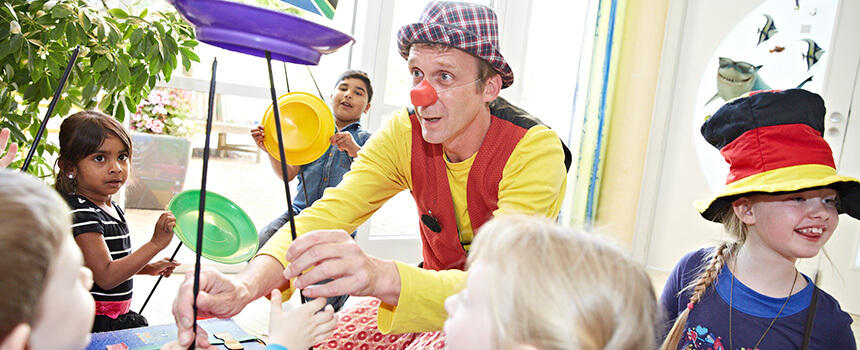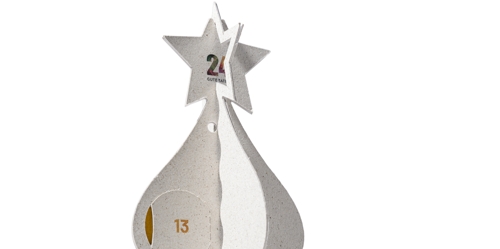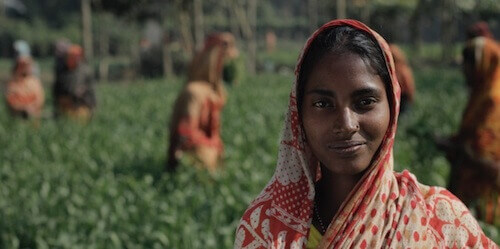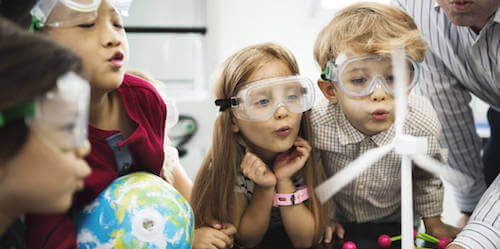 Laughing children in the children’s and youth hospice Balthasar
Laughing children in the children’s and youth hospice Balthasar
Care for terminally ill children and young people and their families
The corridor of the children’s hospice resounds to laughter and the hubbub of voices. Something crashes to the floor, children squeal with laughter, someone starts singing a song. The group of visitors in the corridor exchanges surprised looks: What is going on here? The hospital clowns are on the loose! Once a week, clown Micha and his colleague Lulu visit the children’s hospice Balthasar to give the terminally ill children, their siblings and their parents a few hours of joy, hilarity and forgetfulness. Balthasar is the first children’s hospice to employ professional hospital clowns. Professional in the sense that Micha and Lulu have learned their trade in a number of seminars, rather than just putting on a red nose. Although, it is just that red nose that ‘breaks the ice’ and builds up the initial trust between them and the children. Prior to every visit, they ask specific questions about the children that will be present and their illnesses: Can they be wild and boisterous, or would it better to be more quiet?
Necessity
Hospital clowns for terminally ill children and youngsters in a children’s hospice.
Activity
Once a week, professional hospital clowns bring a few hours of laughter to some terminally ill children and youngsters.
Countable effort
The clowns bring laughter to 150 terminally ill children and youngsters.
Result
Terminally ill children and youngsters experience a few happy hours, are allowed to laugh and are strengthened in their self-esteem.
Systemic effect
Because everyone in the family benefits, the bond of families with terminally ill children is reinforced.
Background
A part of their terminal illnesses is that children often gradually lose abilities. Realising, that certain things are suddenly no longer possible disconcerts, frightens and sometimes drives them to furious anger. The clowns give them an escape to a phantasy world where their illness is irrelevant. When Micha and Lulu are around, the grownups act like children and that consoles the kids and gives them hope.
One mother says: “Here suddenly is someone, a grownup, who is timid and clumsy; who jumps aside in fear when my son’s electrified wheelchair suddenly moves as if by magic. That makes my son laugh. Normally Lukas is the clumsy one who sometimes has a hard time manoeuvring in his wheelchair.” Micha has leapt behind the red armchair and chatters his teeth. “A magic chair! An invisible ghost has moved the magic chair!” he bellows as Lulu squats down next to him. Lukas clearly enjoys chasing the two of them around a little, until he then shrugs with a magnanimous grin: “It’s just my wheelchair.” First Micha and then Lulu reluctantly come out of hiding and then allow Lukas to explain to them how his wheelchair actually works. This way the guests in the hospice not only have an enjoyable morning and a fun time, but they also regain a considerable amount of strength and optimism.
The good deed
The work of the hospital clowns is funded exclusively by donations. These mornings with the clowns are a godsend for the families who in their everyday lives have to cope with the stress of caring and worrying about the future, which is usually short on moments of hilarity. Micha and Lulu have a talent for producing these little moments of happiness that anyone can have. The happiness of the children is always their greatest reward. This good deed reminds these families that it is okay to laugh and that it is possible to have moments of joy – despite a diagnosis of ‘terminally ill’. That reinforces their family bond and the ill children gain new strength and even self-confidence. For a few hours they can forget the misery of their everyday lives.
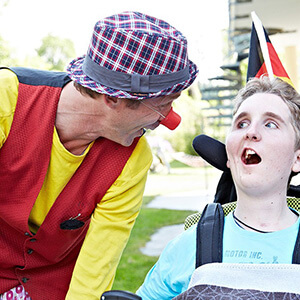
AboutGermany
Berlin
Capital
82 667 700
Number of inhabitants
41 902
Gross domestic product per capita per year
4
Human Development Index
According to its gross domestic product, Germany is the largest economy in Europe and the fourth largest in the world. Nevertheless, there is no adequate funding for children’s hospices.
About the organization and further information
Association
Kinder- und Jugendhospizstiftung Balthasar
DZI Seal-of-Approval
